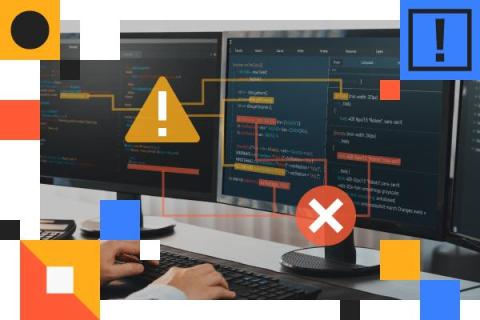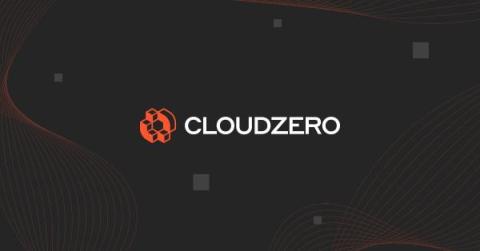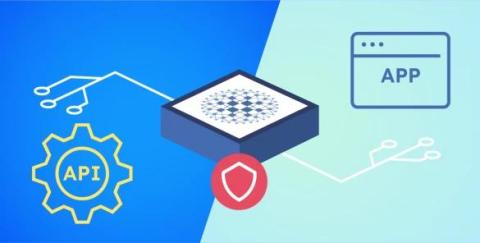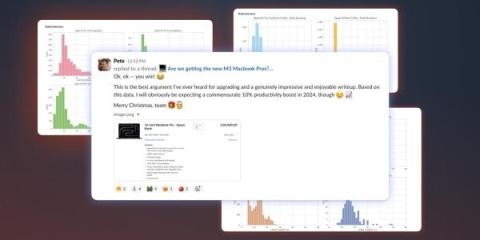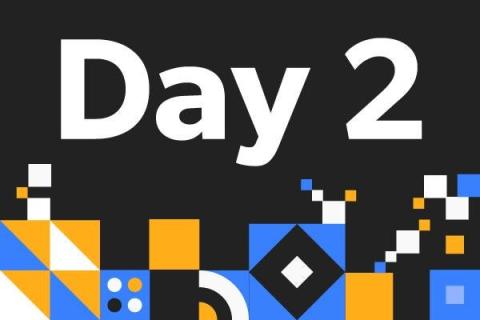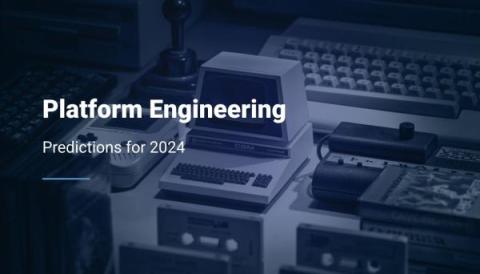Operations | Monitoring | ITSM | DevOps | Cloud
DevOps
The latest News and Information on DevOps, CI/CD, Automation and related technologies.
What Is Cloud Architecture? A Guide To Cost-Efficient Design
Unlock significant cost savings with Azure VM Reservations
Azure Cosmos DB Cost Optimization to avoid unforeseen expenses
Web App Security vs. API Security: Unified Approaches Reign Supreme
Every day, organizations face external threats as a consequence of exposing their services over the internet. An estimated 2,200+ attacks occur in a 24-hour period—or one attack every 39 seconds. Add the fact that an average data breach (one of many potential consequences of poor security) costs companies $4.45 million, and the need for strong security is impossible to ignore. Web application and API security is key to protecting your infrastructure, data, and users.
What Is FinOps? What You Need To Know In Under 10 Minutes
Tracking developer build times to decide if the M3 MacBook is worth upgrading
All incident.io developers are given a MacBook which they use for their development work. That meant when Apple released the M3 MacBook Pros in October, people naturally started asking questions like “wow, how much more productive might I be if my laptop looked that good?” and “perhaps we’d be more secure if our machines were Space Black 🤔” Pete’s (our CTO) response to this was “if you can prove it’s worthwhile, we’ll do it”
How to use IFTTT to trigger a pipeline from your phone | CircleCI webhooks
To learn more about inbound webhooks, visit: https://circleci.com/docs/triggers-overview/#trigger-a-pipeline-from-an-inbound-webhook


